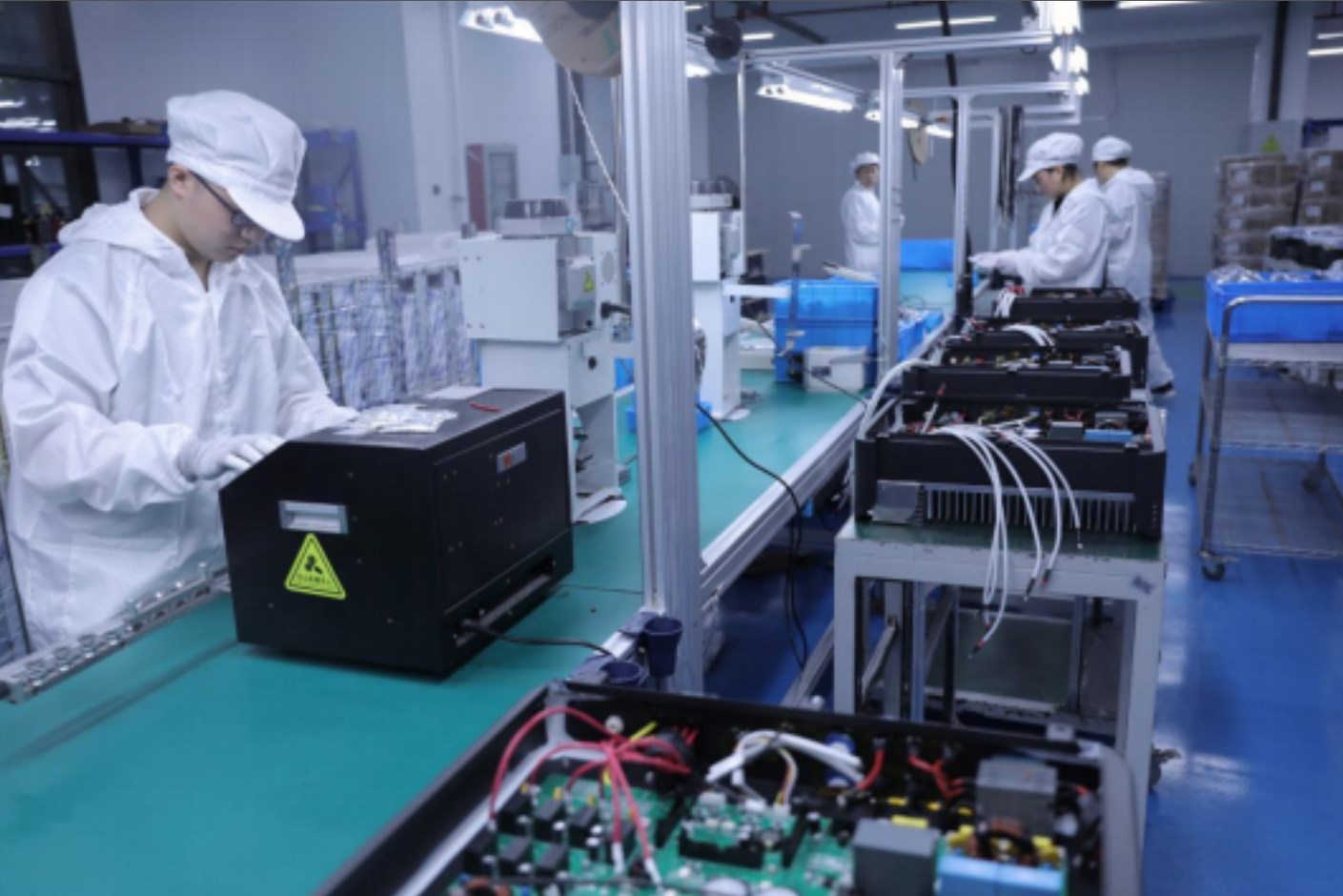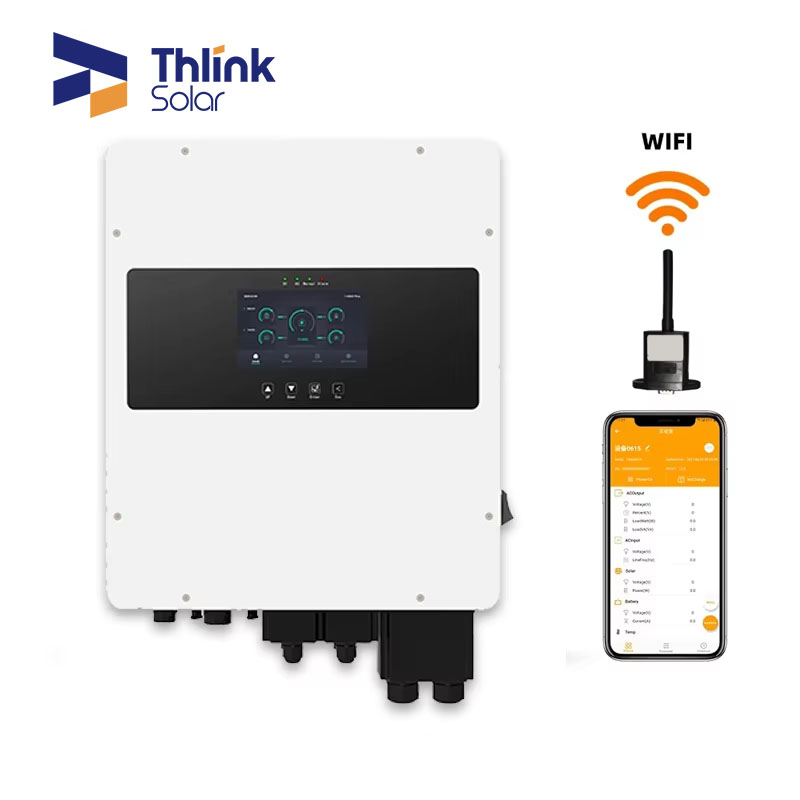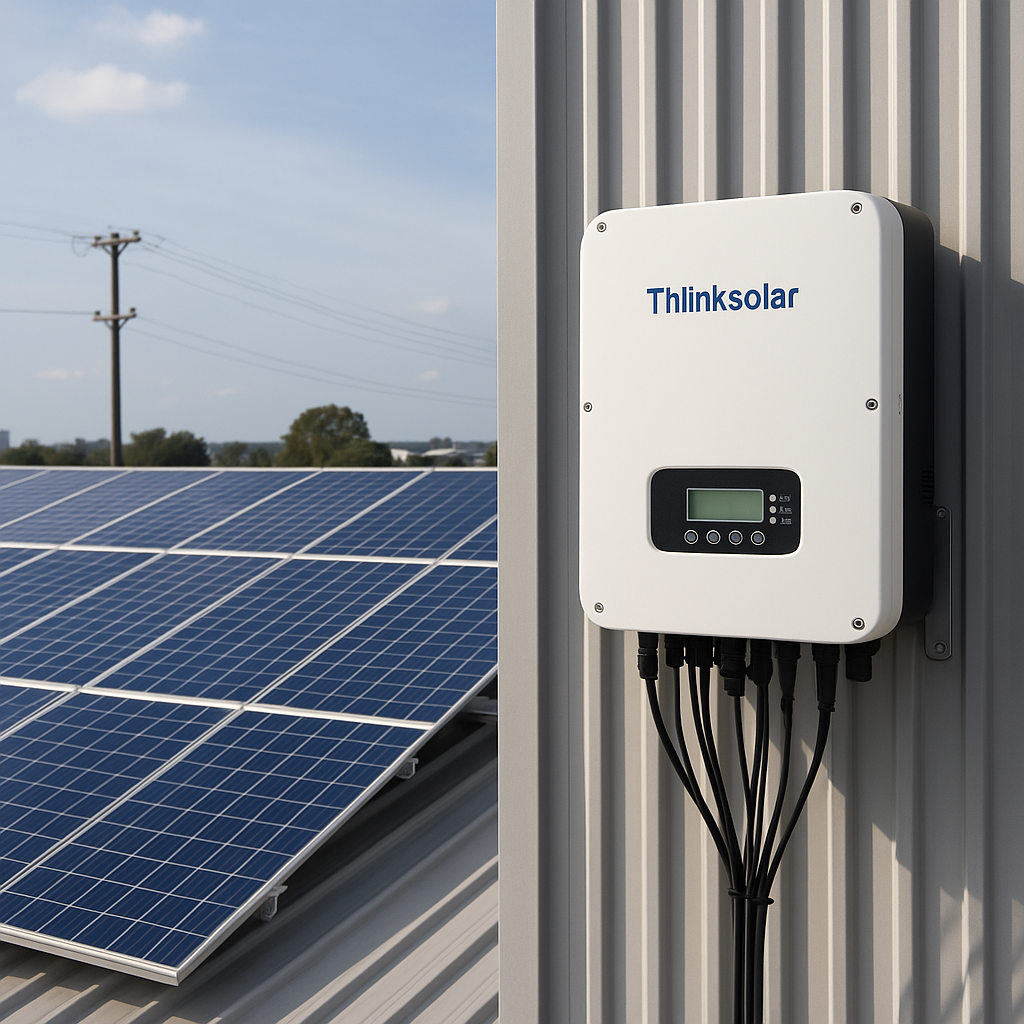
Where Grid Meets Storage: How Hybrid Inverter Manufacturing Shapes System Stability
The Hybrid Equation: Power Flexibility Meets Deployment Reality
As global energy systems transition toward decentralization, hybrid inverters have become critical in enabling true flexibility—linking solar generation, battery storage, and grid support into a single platform. But for engineering teams and project developers, the quality of that hybrid integration depends not just on design—but on the factory behind it.
System stability in a hybrid context isn't just about peak efficiency. It’s about how reliably firmware can switch modes under load, how well the inverter adapts to unstable grids, and how long it performs without intervention. In short: stability begins with manufacturing precision.
Why Hybrid Manufacturing Is Not Standard Manufacturing
Hybrid inverters demand far more than PV-to-AC conversion. They must handle real-time power routing between generation and storage, ensure seamless transitions under fluctuating loads, and speak the language of both grid and battery systems (e.g., CAN, RS485, modbus). These functions are deeply tied to how the product is engineered and tested in the factory.
At Thlinksolar, our hybrid inverter manufacturing process includes:
-
Dual-source simulation (battery + grid) during functional QA
-
Adaptive firmware calibration for lithium, lead-acid, and hybrid chemistries
-
Precision soldering and thermal protection for high-current switching
-
Integrated OTA upgrade support for future logic updates
This ensures that what leaves the factory is not just a device—it’s a stability engine, ready to work where uptime is critical.
Where Manufacturing Directly Impacts Performance
The impact of poor manufacturing isn’t always visible in lab tests—but it surfaces quickly in real deployments:
-
Grid flickers may trigger inverter shutdown if grid sync protocols are unstable
-
Battery over-discharge can result from mismatched BMS signals
-
Heat-related faults occur if thermal paths or fan control algorithms aren’t tuned per load profile
Thlinksolar addresses these risks by validating hybrid control logic under real-world failure scenarios during simulation—avoiding costly callbacks and service disruptions in the field.
As highlighted by the Energy Storage Association (ESA), hybrid integration is a foundational element of resilient distributed energy.
Application-Driven Engineering: Use Cases We Manufacture For
-
Cold-chain distribution centers using solar + battery + genset
-
Remote telecom nodes with solar day-load, battery night-load, grid failover
-
Construction camps where loads vary and mobility is required
-
Urban energy storage hubs supporting EV chargers and apartment buildings
Each of these use cases demands not just product features—but factory-level configuration control, customization, and load-specific testing.
What Makes a Hybrid Inverter Factory Truly Deployment-Ready?
1. Protocol & Firmware Flexibility
Can the system speak to your battery pack? Is CAN mapping customizable? Do they support firmware forks per market or use case?
2. Scalable Output With Consistent QA
Can the factory produce at volume without deviation in thermal performance, MPPT tuning, or EMI shielding?
3. Engineering Collaboration During Project Design
Does the manufacturer assist with system layout, labeling, and hybrid topology validation?
At Thlinksolar, our hybrid inverter line is built for high-mix, high-customization output, supporting integrators, OEMs, and EPCs across over 30 energy markets.
From Production Floor to Project Site
Hybrid energy systems are only as resilient as the manufacturing behind them. A well-built inverter isn’t just efficient—it’s stable under grid shifts, firmware-safe across chemistries, and future-proofed for upgrades.
Whether you're launching a custom hybrid line or scaling a commercial deployment, a smart manufacturing partner helps you avoid field failures and accelerate timelines.
To explore how Thlinksolar supports hybrid energy strategies with flexible production and real-time testing, get in touch with our team or learn more at thlinksolar.com.



